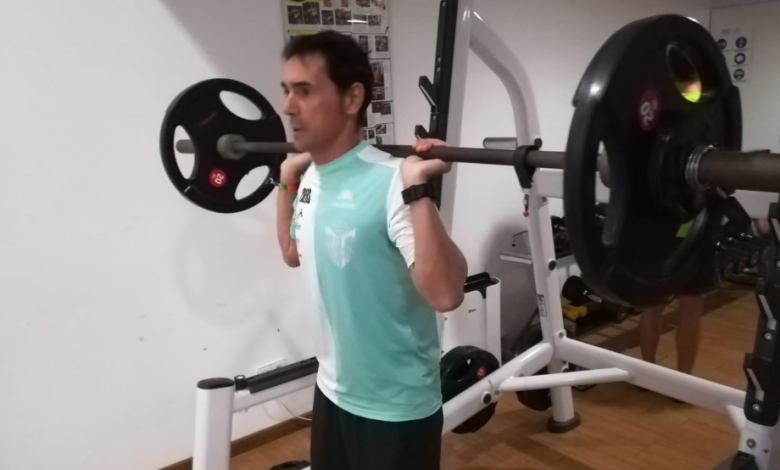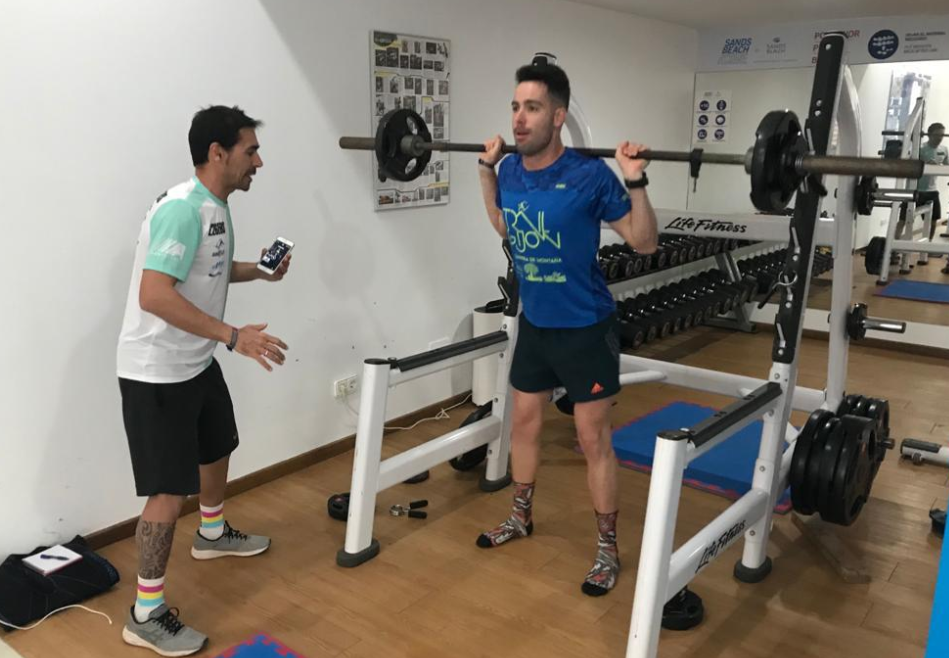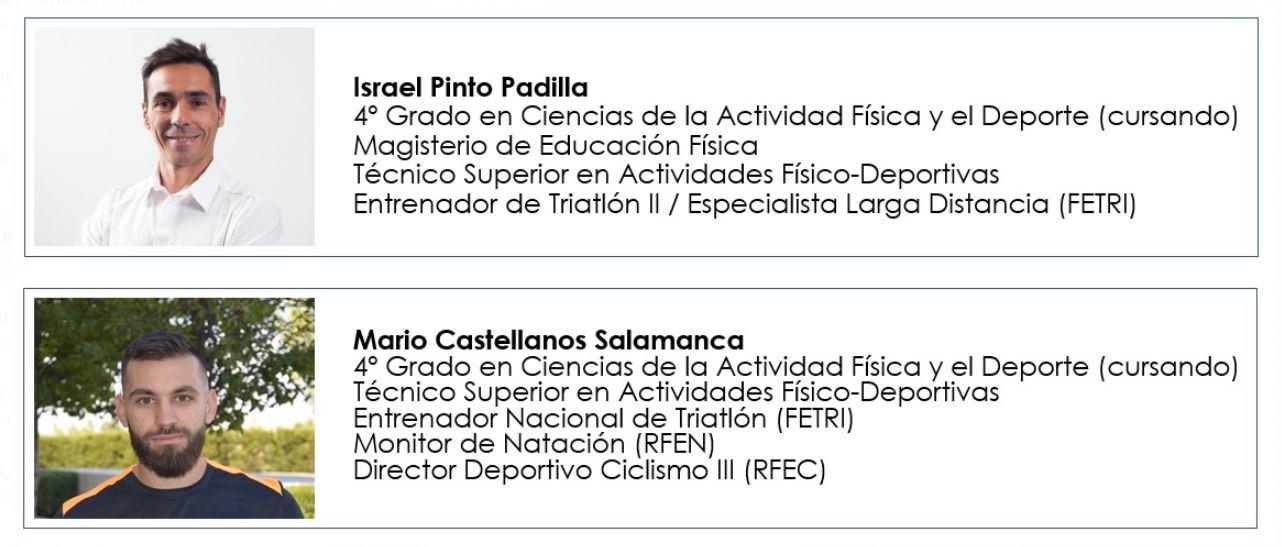How to properly squat?
The squat is one of the basic exercises and with the greatest transfer to all sports.

La squat is one of basic exercises and with greater transfer to all sports, since it needs the athlete to be very strong and complete to do it properly.
Our partners Israel Pinto y mario castellanos, they bring us a series of tips to learn how to do it correctly
The exercise of barbell squat from behind, (back squat) would be the most advanced progression of the squat exercise as we usually do.
Act quickly. take into account several factors to make a good execution since it is an exercise in which a lot of load can be moved and we can hurt ourselves.

LThe exercise technique is essential and that's why you shouldn't start with the final exercise, if not take the time to work on the technique and add loads to the different progressions that we are going to propose, since the final objective is to do the exercise using the maximum execution speed in each repetition.
The main problem with this misused exercise is that you can and a very high load is usually used, which perhaps the legs can support, but not the rest of our structures such as our back and more specifically the "lumbar" area.
In addition, the strength we have, the technique of this exercise depends on two very important things:
Ankle mobility
It marks part of the depth to which we can reach and how our center of gravity can be displaced. So when there is a lack of mobility you resort to putting risers or the typical disc under the heels.
But if we have detected this, we should also work on the mobility of this joint.
Exercises to improve ankle mobility.
Hip mobility
If we do not have good mobility or we have different shortenings, the route will also be shorter and we will have to modify our techniques towards a more "open" squat or use other materials such as the hexagonal bar.
Tips to know if you are doing it right
To know if you are performing well, there is a small trick that is to analyze your position from the bottom up.
- Feet clearance, shoulder width slightly open about 15º
- The heels always supported and with the feeling of having weight.
- Slightly bent knees before starting the movement.
- Active gluteus and abdomen in all the movement
- That on the way down the body does not lean too much.
- Open chest and scapulas together.
- Avoid hyperextension of the neck.
- Cbreath controlinhale on the descent and exhale on the rise
The course of the exercise must be adequate,
Since, if the route is very short like that of a half squat, Being in "mechanical advantage" forces us to carry a lot of weight to be able to notice that we are doing an intense exercise, with the problems that we have mentioned before.
EThe route should be the longest your mobility allows.
Be careful with this you have just read, to do this as we have already indicated you must make a PROGRESSION of technique and load, this is the most important of the article.
Botton line
- Make sure your technique is correct, and if it is not, make a progression.
- See if you have the enough mobility to do it, if you are not looking for adaptations.
- Don't do the exercise from the beginning with a big load, go adapting little by little.
- Once you've mastered it, Always run at the fastest speed your weight allows.
- Choose the weight and number of repetitions well Depending on the objective, remember that not everything is hypertrophy and more in triathlon.
Coburn, JW, and Malek, MH (2017). NSCA Manual: Fundamentals of Personal Training. Paidotribo.
Martínez-Cava, A., Morán-Navarro, R., Sánchez-Medina, L., González-Badillo, JJ, and Pallarés, JG (2019). Velocity-and power-load relationships in the half, parallel and full back squat. Journal of sports sciences, 37 (10), 1088-1096.

There are no previous results.




























